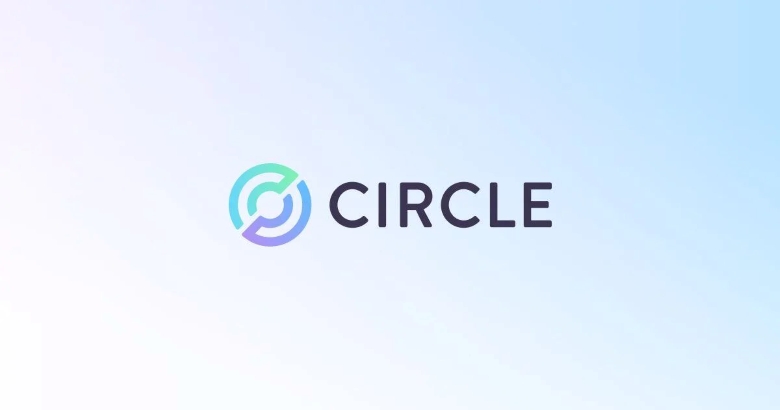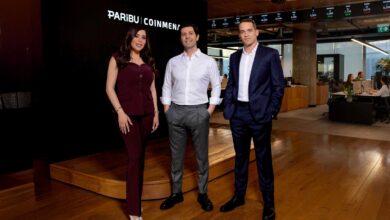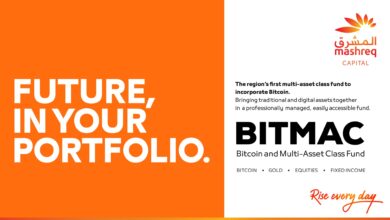The $1B Question: Can Circle Become the Network, Not Just the Coin?

On June 4, 2025, Circle made headlines as it debuted on the New York Stock Exchange under the ticker CRCL, raising $1.05 billion in an upsized IPO at $31 per share. With a valuation nearing $8 billion and the offering oversubscribed more than 25 times, the company delivered a rare public win for a crypto-native firm. But as the public market watches closely, the question is not whether Circle’s IPO was a success. It was.
The real question is: What comes next — and can Circle deliver?
A Market That Moved Faster Than USDC
For years, Circle positioned USDC as the compliant, institution-grade stablecoin alternative to Tether. That strategy brought early success, especially in fintech and financial infrastructure. But by mid-2025, the market had already shifted.
- Tether (USDT) now holds a market cap of $153.9 billion, dwarfing USDC’s $61 billion.
- PayPal launched PYUSD to leverage its massive retail ecosystem.
- Ripple is introducing RLUSD to deepen its cross-border settlement network.
- Paxos USDL in the UAE offers yield — a powerful incentive in a high-rate world.
- USD1, tied to politically influential backers, is growing rapidly in volume and network access.
Circle is no longer the institutional stablecoin. It is one of many — respected, but not dominant.
Not the U.S. Stablecoin, Not the Regional Favorite
Despite Circle’s efforts to secure global licenses and position itself as a neutral player:
- It is not the U.S. government’s chosen stablecoin.
- It is not the default option in Europe, despite MiCA alignment.
- It has no strong position in emerging regions, where stablecoin usage is booming.
- It does not offer yield, making it less attractive to DeFi and retail users alike.
Circle now finds itself at a crossroads — and under the scrutiny of public markets.
From IPO to Expectation: The Real Test Begins
Circle’s Q1 2025 earnings showed $578 million in revenue and $64.8 million in profit, largely from interest on its U.S. Treasury-backed reserves. But going public means more than capital — it means pressure.
- Public investors expect performance, not just prudence.
- If interest rates drop, Circle’s income will shrink.
- If USDC adoption slows, the company must find new growth levers — fast.
From Musk to Mints: Where’s Circle’s Big Promise?
In 2018, Tesla CEO Elon Musk famously faced down market pressure by promising to produce 5,000 cars per week — a bold, public pledge that reshaped investor confidence. It worked.
So here’s the question: Where is Circle’s moment of defiance? What is the bold public promise from CEO Jeremy Allaire now that Circle is no longer private?
Because Circle can no longer rely on cautious execution. It must lead boldly — or risk being slowly replaced.
The Only Way Forward: Become the Network
If every bank and fintech is building or issuing a stablecoin — and that trend is accelerating — then the future isn’t about owning one stablecoin. It’s about powering all of them.
Circle must evolve into the infrastructure layer of digital dollars. That means:
- Building interoperability across USDC, PYUSD, RLUSD, USD1, JPM Coin, and others.
- Offering white-labeled issuance tools for regulated entities.
- Powering wallets, compliance rails, and tokenized finance systems.
- Becoming the trusted digital dollar engine, regardless of who issues the token.
Circle must stop being just the coin — and become the network.
A Win for Circle — and for the Digital Assets Space
Despite the growing complexity of the stablecoin market, Circle’s IPO is a milestone moment for the digital asset industry. It proves that:
- Crypto-native companies can go public in today’s regulatory environment.
- Investors still believe in compliant, infrastructure-driven models.
- The space is maturing — and beginning to align with traditional finance in meaningful ways.
Circle has capital, credibility, and a head start. Now it must find its promise — and fulfill it. Because $1.05 billion doesn’t just buy stability — it buys opportunity.
What Circle does next may define the next decade of stablecoins.





